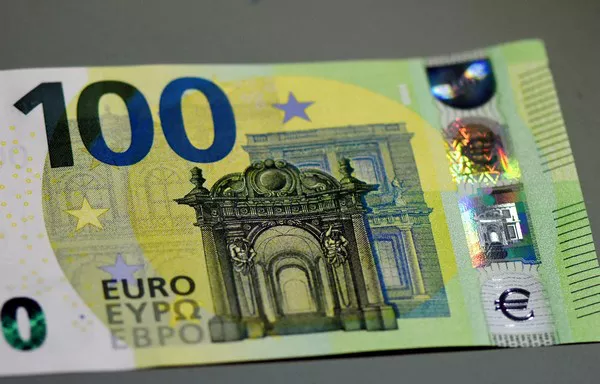The Euro, once a symbol of stability and unity in the European Union, has recently faced a series of challenges, leading to its decline in value against other major currencies. In this article, we will delve into the multifaceted factors contributing to the weakening of the Euro, examining both internal and external dynamics shaping its current trajectory.
Economic Headwinds:
One of the primary drivers behind the Euro’s fall is the economic headwinds faced by the Eurozone. Persistent challenges such as slow economic growth, high unemployment rates, and subdued inflation have created a less favorable environment for the single currency. The COVID-19 pandemic exacerbated these issues, leading to a contraction in economic activity and exacerbating existing structural weaknesses.
Countries within the Eurozone have experienced varying degrees of economic hardship, with Southern European nations, such as Greece, Italy, and Spain, facing higher levels of debt and struggling to recover from the economic downturn. This divergence in economic performance among Eurozone members has fueled concerns about the bloc’s cohesion, adding downward pressure on the Euro.
Monetary Policy Divergence:
The monetary policy divergence between the European Central Bank (ECB) and other major central banks, particularly the U.S. Federal Reserve, has played a pivotal role in the Euro’s depreciation. While the Federal Reserve has adopted a more hawkish stance, signaling potential interest rate hikes to curb inflation, the ECB has maintained a dovish stance, with interest rates at historically low levels and an ongoing quantitative easing program.
This divergence in monetary policy has attracted investors seeking higher yields in the U.S. markets, leading to capital outflows from the Eurozone. The resulting decrease in demand for the Euro has contributed to its decline relative to the U.S. dollar.
Political Uncertainty:
Political uncertainty within the European Union has added another layer of complexity to the Euro’s downward trend. The rise of populist movements, Brexit, and disagreements among member states over issues such as fiscal policies and migration have created an atmosphere of uncertainty. Investors tend to shy away from currencies associated with political instability, and the Euro has not been immune to the impact of these geopolitical tensions.
The uncertain outcome of elections, the potential for further exits from the EU, and the lack of a unified fiscal response to economic challenges have all contributed to a sense of unease surrounding the Euro. Investors are likely to favor currencies perceived as safer and more stable during times of political turmoil, putting additional pressure on the Euro.
Inflationary Pressures:
Inflationary pressures have emerged as a significant concern for the Eurozone, further impacting the Euro’s value. While many economies worldwide have faced inflationary challenges, the Eurozone has struggled to achieve its inflation target of close to but below 2%. The persistent undershooting of this target has raised doubts about the effectiveness of the ECB’s monetary policy measures.
Higher inflation erodes the purchasing power of a currency, making it less attractive to investors. As other major economies grapple with similar challenges, the Euro’s decline is exacerbated by the perception that the ECB may not be as well-equipped to address inflation as its counterparts in other regions.
Global Trade Dynamics:
The Euro’s performance is also influenced by global trade dynamics, particularly given the Eurozone’s role as a major player in international trade. Trade tensions, protectionist policies, and disruptions in global supply chains can have cascading effects on the Euro, impacting export-oriented economies within the Eurozone.
The economic fallout from the COVID-19 pandemic has disrupted trade patterns, and ongoing geopolitical tensions have created an uncertain environment for international commerce. As the Eurozone heavily relies on exports, any adverse developments in global trade can contribute to a weakened Euro.
See Also Which country uses 50 euro cent? A Closer Look
Conclusion:
The Euro’s recent decline is a result of a complex interplay of economic, monetary, political, and global factors. While the Eurozone faces structural challenges that predate the current economic environment, the convergence of these issues has intensified the downward pressure on the Euro.
Addressing these challenges will require coordinated efforts within the Eurozone, including structural reforms, enhanced fiscal coordination, and a reevaluation of monetary policy tools. Additionally, fostering political stability and unity within the European Union will be crucial in restoring confidence in the Euro as a reliable and resilient currency.
As the global economic landscape continues to evolve, understanding the intricate web of factors influencing the Euro’s trajectory is essential for policymakers, investors, and businesses navigating the complexities of the international financial markets.


